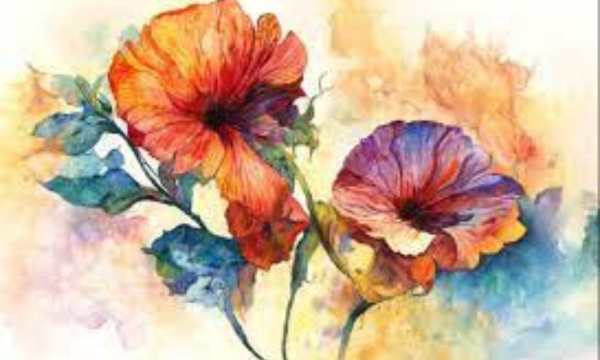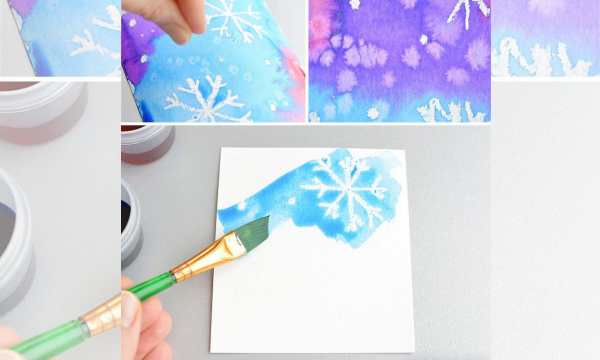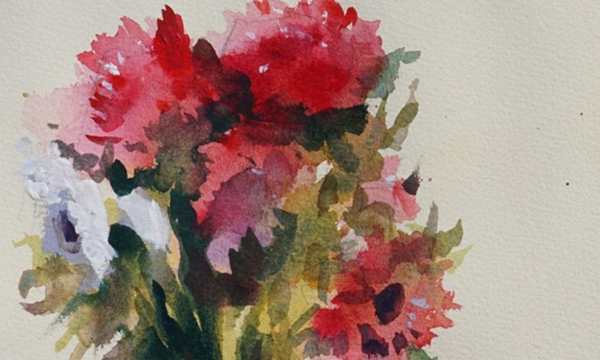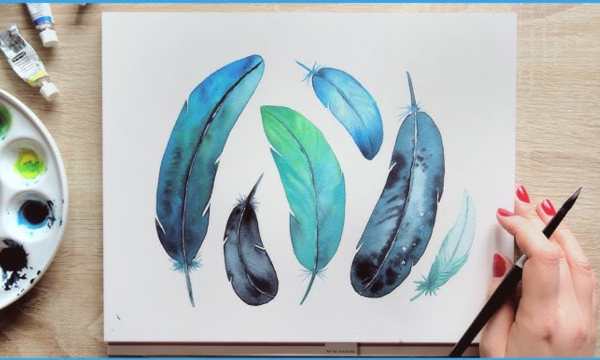Floral watercolor art is beautiful because it uses light brushstrokes and vibrant colors to bring the beauty of the flowers vividly onto the paper.
Ad
Artists have loved this classic and expressive medium for centuries because it allows them to capture the essence and ephemeral nature of flowers in ways that go beyond mere representation. We learn about the history, technique, and lasting appeal of floral watercolor art by observing beautiful flowering plants and depicting them in vibrant colors.
1. Rooted in the Past
Flowers have been used in art since ancient Greek and Roman times when they were painted on manuscripts and walls. However, it was during the Renaissance that this art form began to develop. Artists such as Leonardo da Vinci and Albrecht Dürer used flowers in their works, which laid the foundation for the development of the genre.
Ad
Botanical illustrations became increasingly popular as explorers and naturalists wrote about new plant species in the 18th and 19th centuries. These highly detailed drawings are made with watercolor because small details and subtle color changes are visible. Botanical artists such as Pierre-Joseph Redouté became famous during this period. His beautiful watercolors of roses and lilies are still recognized today.
2. Create Floral Watercolor Art
Creating beautiful floral watercolor art requires skill, patience, and an understanding of how the medium works. Artists usually start by sketching the flower in pencil to make sure the proportions are correct and to get all the important details.
Ad
The wet-on-wet method is one of the most important techniques in watercolor art. This method involves adding water to the paper before adding the pigment. This allows the colors to blend smoothly into each other. This method is great for creating soft and diffused backgrounds or capturing the ethereal quality of petals.
On the other hand, the wet-dry technique involves painting on dry paper. This method allows you to achieve more precise details and sharp edges, making it ideal for painting parts of a flower with many small details, such as veins on a leaf or intricate patterns in a flower.
Another important part of watercolor art is layering. By adding layers of bright washes, artists can achieve the depth of color and clarity typical of this medium. This process takes a lot of time because you have to wait for each layer to dry before adding the next layer.
3. The Allure of Blooms in Color
Watercolor floral art has a timeless appeal that does not change with time or fashion. This medium’s natural ability to see things through and capture petal details makes it perfect for showing off the beauty of flowers. The bright colors, soft gradients, and flowing lines remind me of flowers that have just finished blooming, giving them a feeling of freshness and vitality.
Floral watercolor art often shows more than just a painting; it often expresses the artist’s feelings. The colors used, the way light and shadow interact, and the way the pieces are put together all contribute to the atmosphere. A bright bouquet can make you feel happy and celebrated, while a withered flower can represent the passage of time and the cycle of life.
Floral watercolor art can be used in many different styles and movements, showing its flexibility. Different artists tried different ways to depict flowers as they looked, from the meticulous realism of botanical illustrations to the free and expressive brushstrokes of the Impressionists.
4. New Flowers Bloom
Today, floral watercolors are still very popular and artists are always trying new things and pushing their boundaries. Contemporary artists often combine old-fashioned methods with modern styles to create unique works of art.
Artists can showcase their watercolor flower designs to the world on social media sites, which helps build an active online community of fans and makers. This accessibility made the style even more popular, reviving interest in the delicate art of watercolor flowers.
Some modern artists, such as Emily Thompson and Sarah Simon, are known for their fresh and contemporary watercolor floral paintings. Their work often combines traditional methods with modern color schemes that look harmonious. This shows that this classic art form is constantly changing.

Conclusion
Watercolor floral art continues to fascinate and inspire art lovers around the world. This genre is loved by both ancient and modern people because it has a long history, can use many different techniques, and always looks attractive. Floral watercolor art is a celebration of nature’s beauty captured in vibrant colors on paper. It can demonstrate the scientific accuracy of a botanical illustration or the emotional impact of a fleeting flower. As long as artists continue to discover and invent new ways to use the medium, the blossoming of color will continue to fascinate art lovers for generations to come.
FAQs
1. What is watercolor floral art?
Floral watercolor art is a form of art in which the artist uses watercolors to paint beautiful flowers on paper. Light brushstrokes, bright colors, and different techniques are used to capture the essence of flowering plants.
2. What is the historical significance of floral watercolor art?
Floral watercolor art dates back to ancient times, but only really came to prominence during the Renaissance. Floral themes were used by artists such as Leonardo da Vinci, and botanical illustrations were very popular in the 18th and 19th centuries. Some well-known artists, such as Pierre-Joseph Redouté, helped the genre develop.
3. What techniques are commonly used in watercolor flower paintings?
Wet on wet and wet on dry are techniques used by artists. If you are using the wet-on-wet method, add water to the paper before adding the paint so that the colors blend smoothly. When using the wet-dry method, paint is added to dry paper for more precise detail. Applying clear layers of wax is also important for depth and clarity.
4. Why do you love floral watercolor so much?
The beauty of floral watercolor art is its ability to capture the delicate details of the petals, as well as their vibrant colors and smooth lines. The art form expresses emotions and emotions, and its adaptability allows artists to experiment with different styles and movements. This style reminds me of how quickly flowers fade, but how beautiful they remain.
5. How has watercolor floral art changed over the years?
Artists such as Emily Thompson and Sarah Simon still create countless floral watercolors today. Contemporary artists often combine old-fashioned methods with modern styles to create new works of art. Social media sites are very helpful in displaying and distributing these creations.
6. Name some modern artists known for their floral watercolors.
For example, Emily Thompson and Sarah Simon are both modern artists known for their fresh interpretations of floral watercolors. Their work often combines old-fashioned methods with modern color schemes, demonstrating how the genre is constantly changing.


